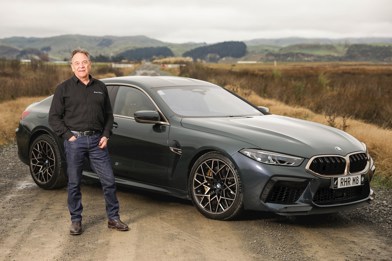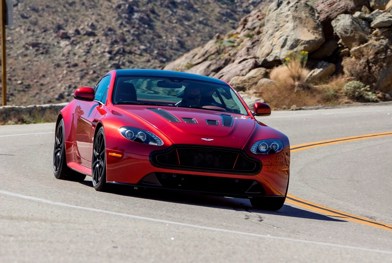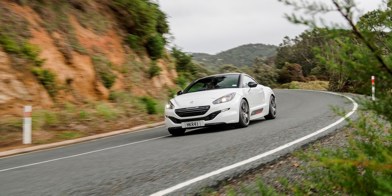At the Paris Motor Show, October 5, 1972, Porsche unveiled a new 911 built for motorsports. The 911 Carrera RS 2.7 was Germany’s fastest production sports car and the first 911 to bear the Carrera moniker. This month, that icon turns 50.
Half-a-century later, it’s come as somewhat of a 50th birthday present, for both car, and coincidence, me, being a guest of Porsche, at its Stuttgart factory a few weeks before my own 50th, where we’re given the keys to a pair of Porsches, with the attention very much focused on the 50yo Carrera RS.
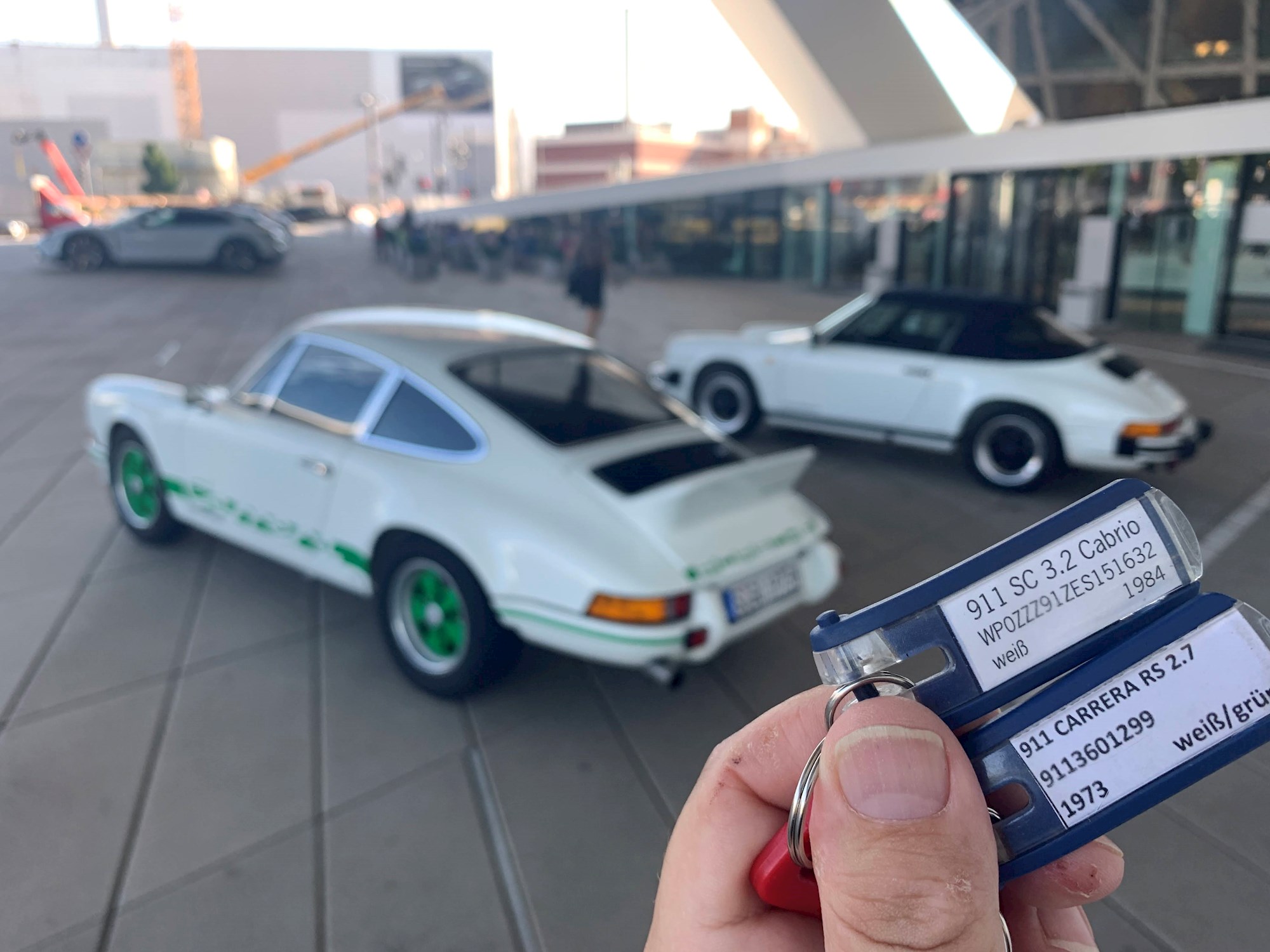
The Renn Sport (Racing Sport) 911 has become the ultimate, pure, driver’s 911 - now, as it was back then - with a few pioneering moments: it was the first road-going sports car in the world to feature front and rear - ducktail – spoilers, for enhanced high-speed stability and a higher top speed.
Porsche and TAG team up to celebrate 50 years of Carrera RS
The wheels at the front and rear are different widths for higher cornering speeds and improved braking. The high-revving 2.7-litre flat-six cylinder boxer engine has a larger bore than normal and output of almost 80hp (60kW) per litre, which was big for half a century ago, and comparable to a Lamborghini Muira V12. The latest 911 RS, by comparison, outputs 97kW per litre.
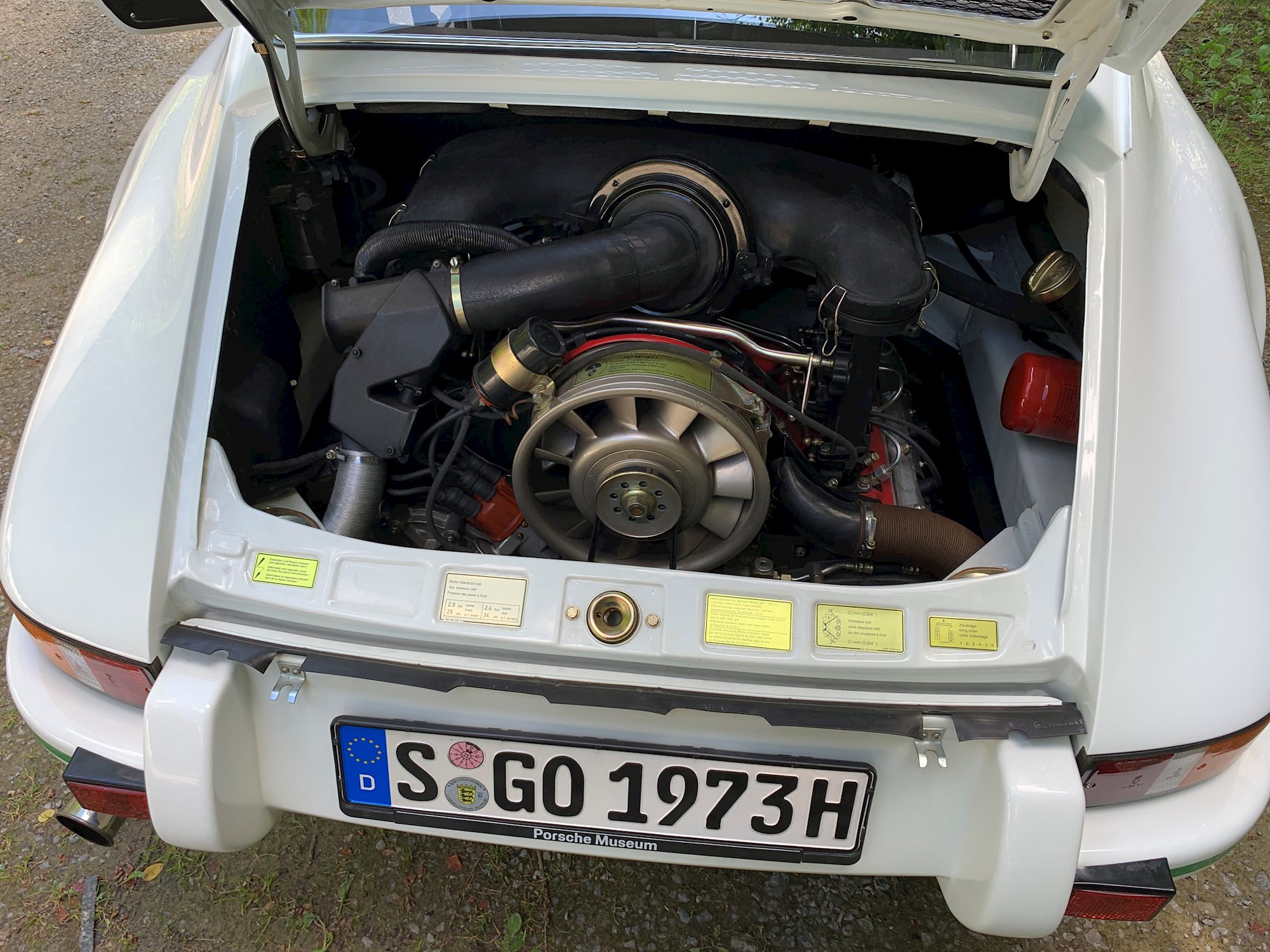
Weight saving came from thinner glass, thinner sheet metal and plastic hoods, while the choice of Touring or Sport packages offered extreme lightweight seats, no rear seats, carpets, clock or radio. Even the glovebox and door handles were gone, a leather strap as the interior door handle. The rear bumper and the Porsche badge are both made of plastic. All these weight-savings shaved 115kg from the weight of the Sport down to a meagre 960kg, for a power-to-weight ratio just 10 per cent off a 2022 Boxster. Slow, it isn’t, with 0-100km/h officially quoted as 5.8 seconds on the way to 240km/h - in 1972! The 115kg heavier Touring version managed 6.3 secs and 240km/h.
Originally planned to build 500, the popularity proved way more, with the final total tripled around 1580; 1308 as the Touring and more than 200 Sports, plus 17 homologation models purely for Group 4 racing.
And 50 years almost to the day, we find ourselves on a 32 degree summer day in Germany, standing outside the Porsche Museum. Parked under the huge awning is the green-striped 1973 RS, with SGO media numberplates; across the road is a big billboard featuring the exact same RS. It’s like meeting a movie star.
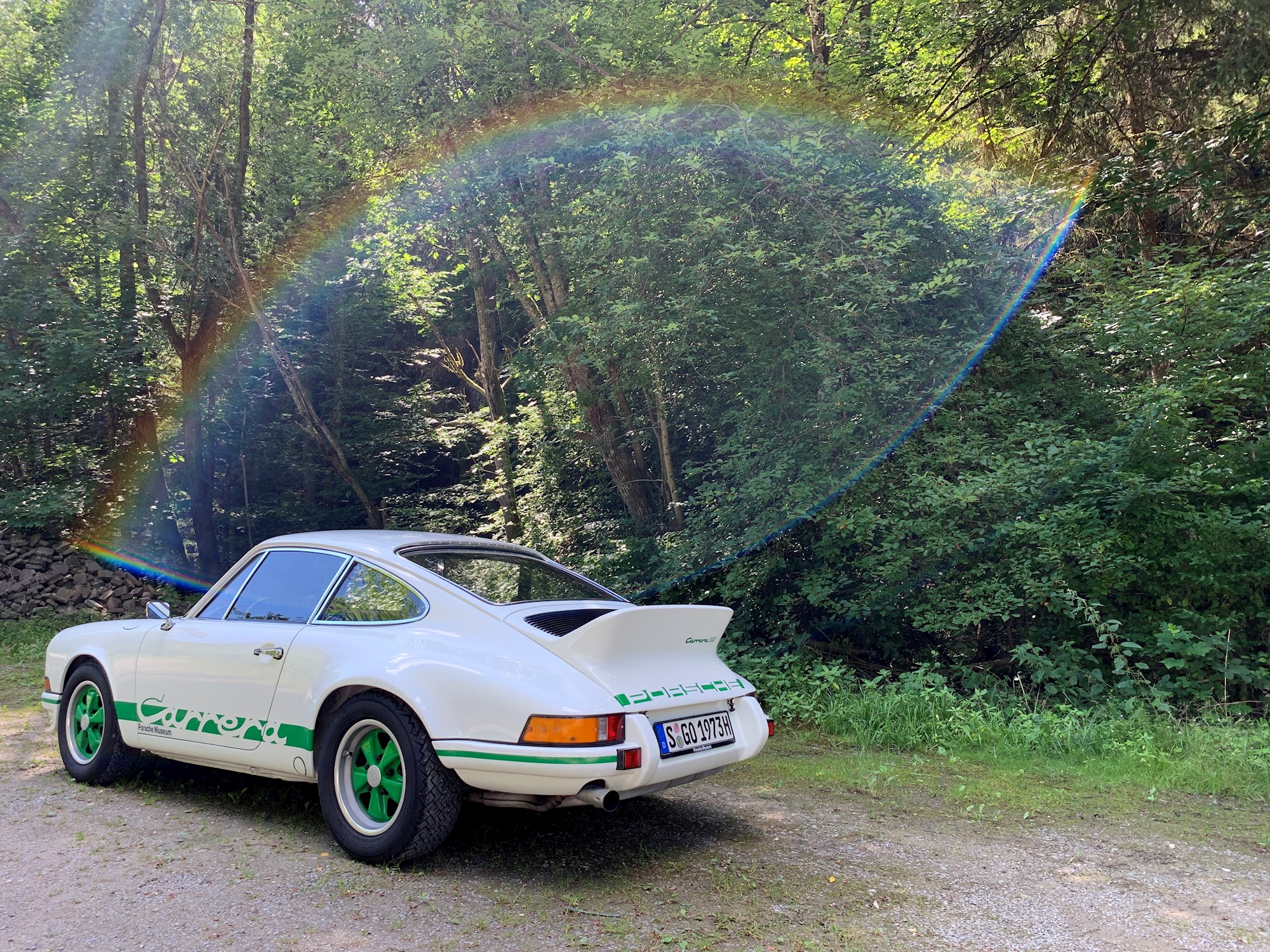
I watch the ducktail of the RS for the first 90 mins, as we sweep through locations like Heidelberg and Manheim, witnessing the wail of the exhaust bringing just as much joy as driving it, the smell of fuel and fumes wafting into my 911 Cabriolet’s cabin.
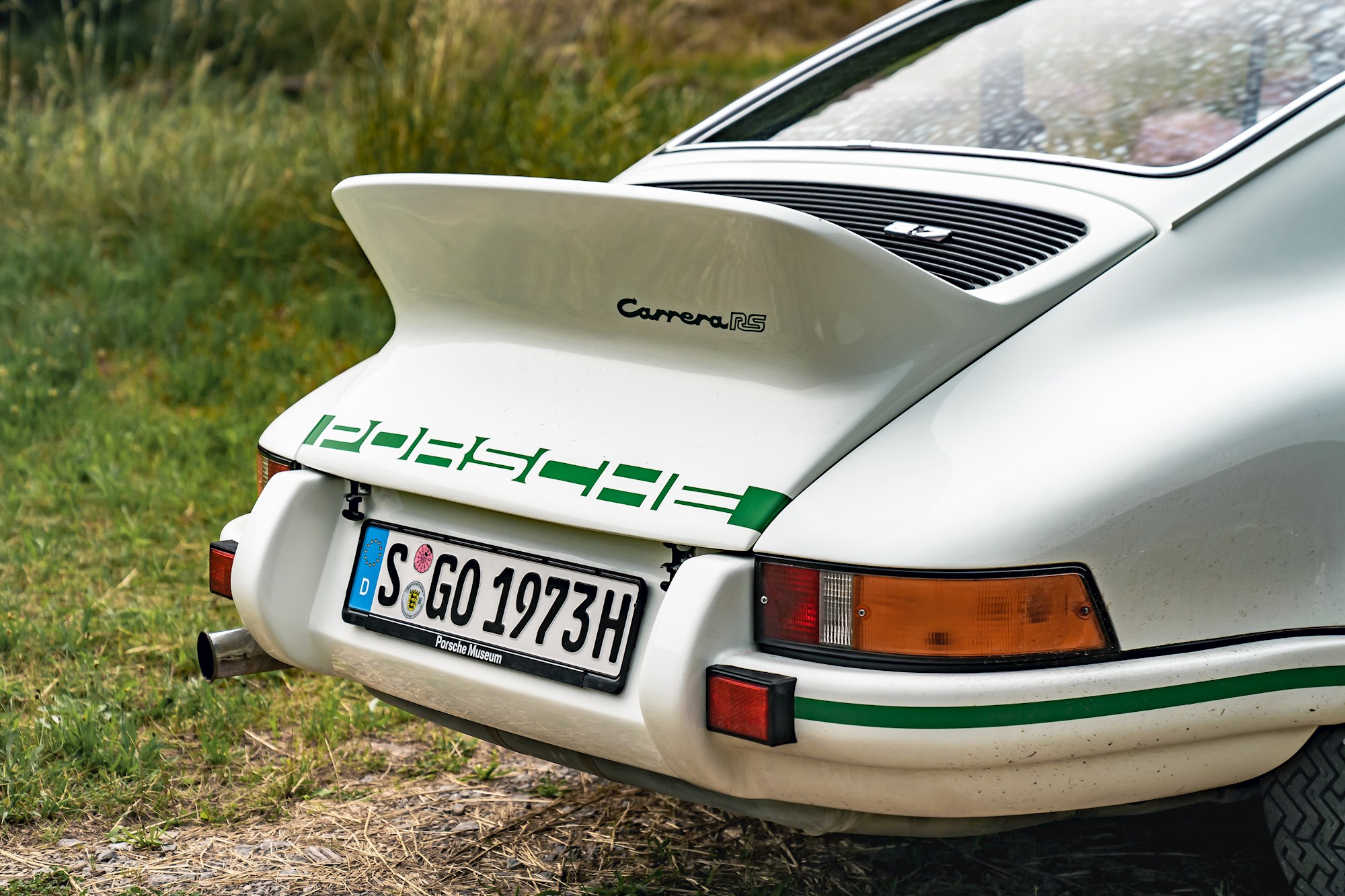
At the mid-point at Wildberg, we pull over to admire and drink in the history of the RS, alongside a row of a local dealer’s generic white VW ID.3 EVs.
Under the shade of the green trees is where the RS pops, its stark white paint and green wheels and stickers just sitting beautifully.
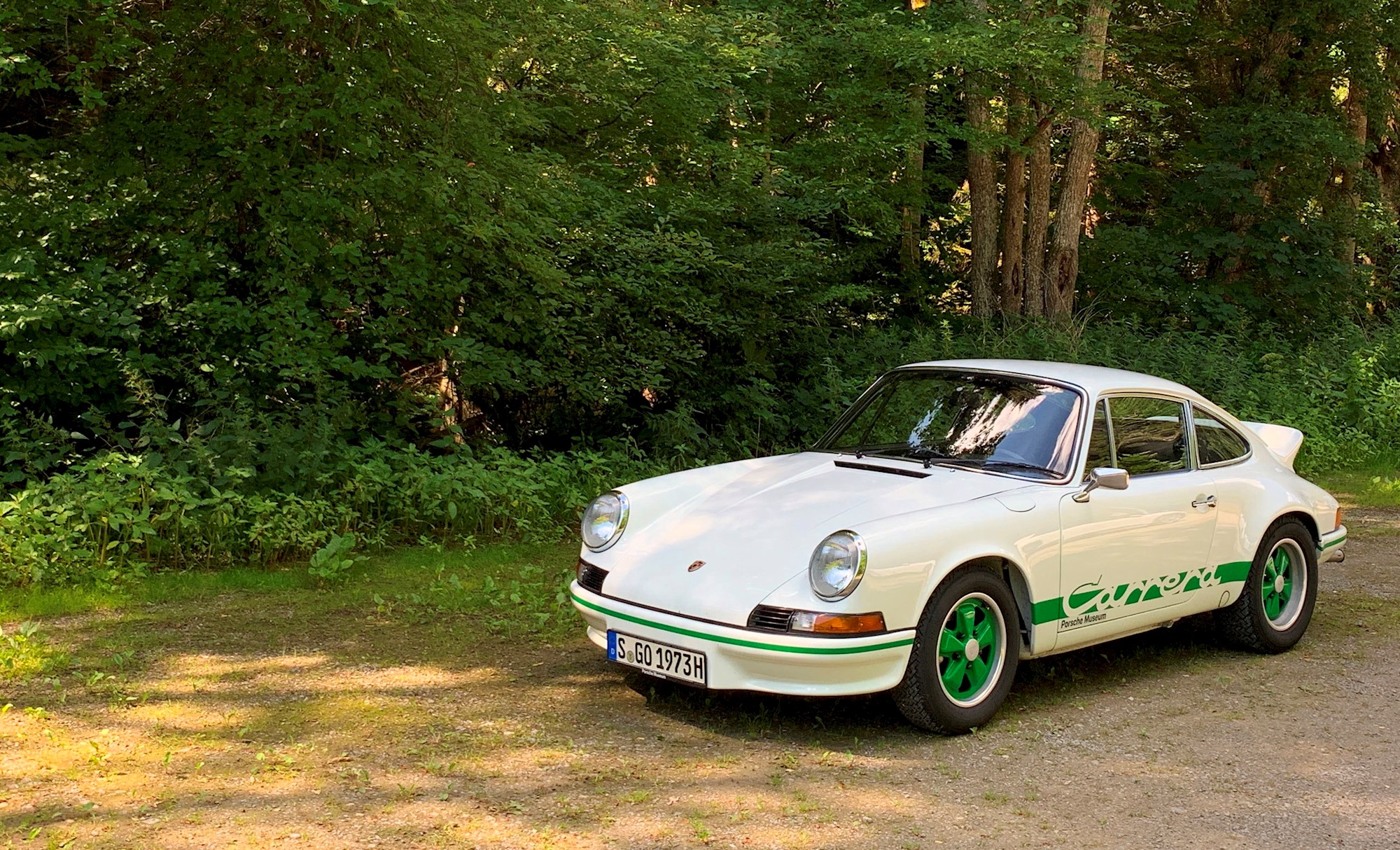
I pull the leather strap to shut the door on the Porsche Museum piece. I insert the key into the slot on the left– designed for fast motorsport entries and starts – and as the fuel pumps whir, the air-cooled 2.7-litre fires into life with a raucous, raw soundtrack from behind.
It’s the senses that get treated with cars like this: the smell of leather, old plastics and the need to open the windows for fresh air. The very basic and tactile steering wheel is a delight, while the very basic gearshifter digs into my right thigh, while ahead is the iconic splash of scaled size gauges. All very analogue and all gorgeous to see, touch, hear and smell.
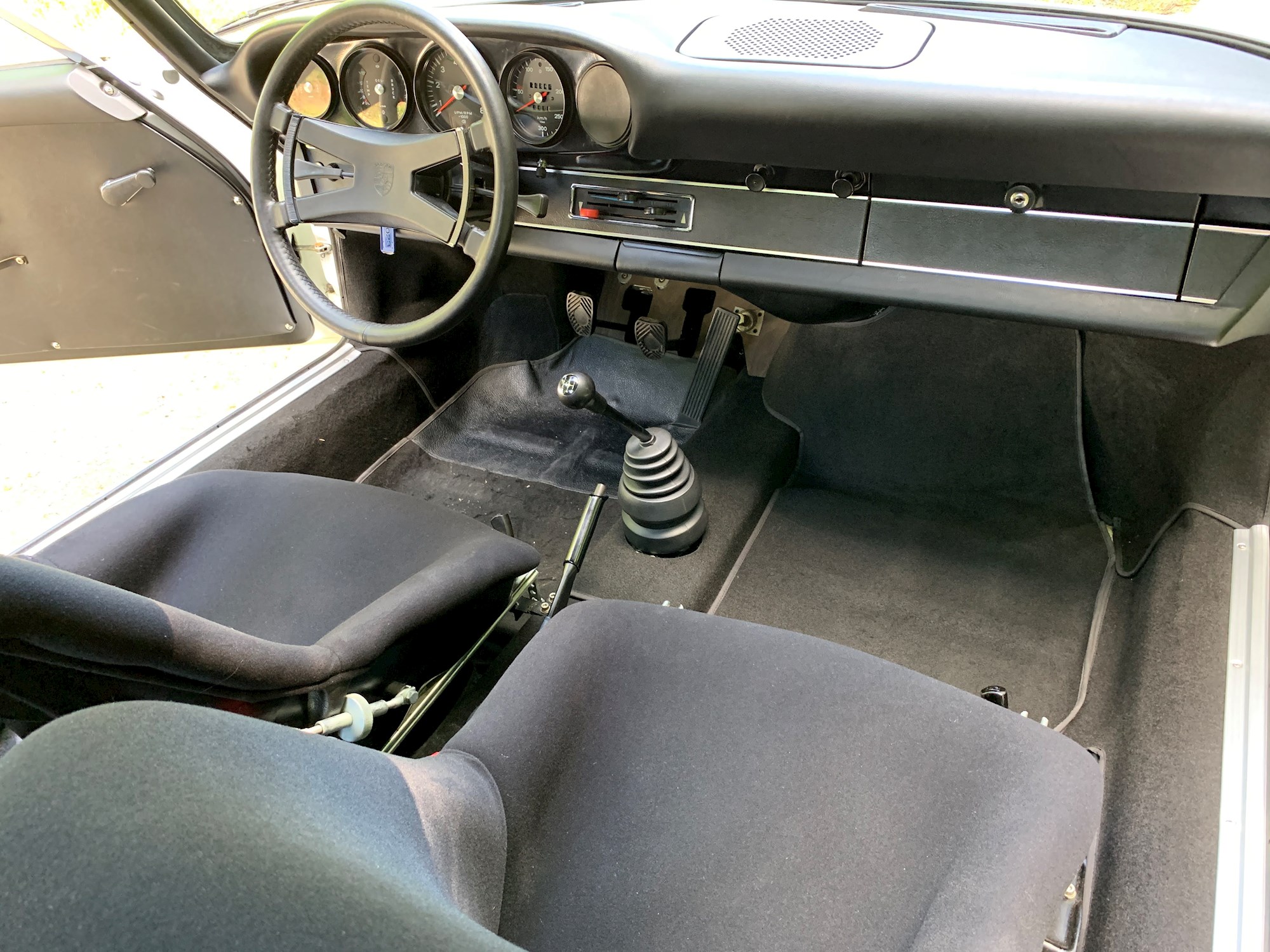
The 2.7-litre flat six free revs eagerly, and the offset-right floor-pivoting pedals take time to adapt, but the clutch is smooth and we’re soon off, the engine singing and breathing like an animal snorting and puffing while being ridden.
For a car 50 years old, it still feels taught and responsive, likely thanks to its regular care, but it’s still responsive and agile, it’s light weight proving reactive to any input, throttle, brakes or turning. There’s weight to the manual steering that requires more effort than the power steering of cars today, but with the engine over the back, it’s not much more, with a slightly woolly feeling off-centre, that loads up with weight and precision around a quarter turn.
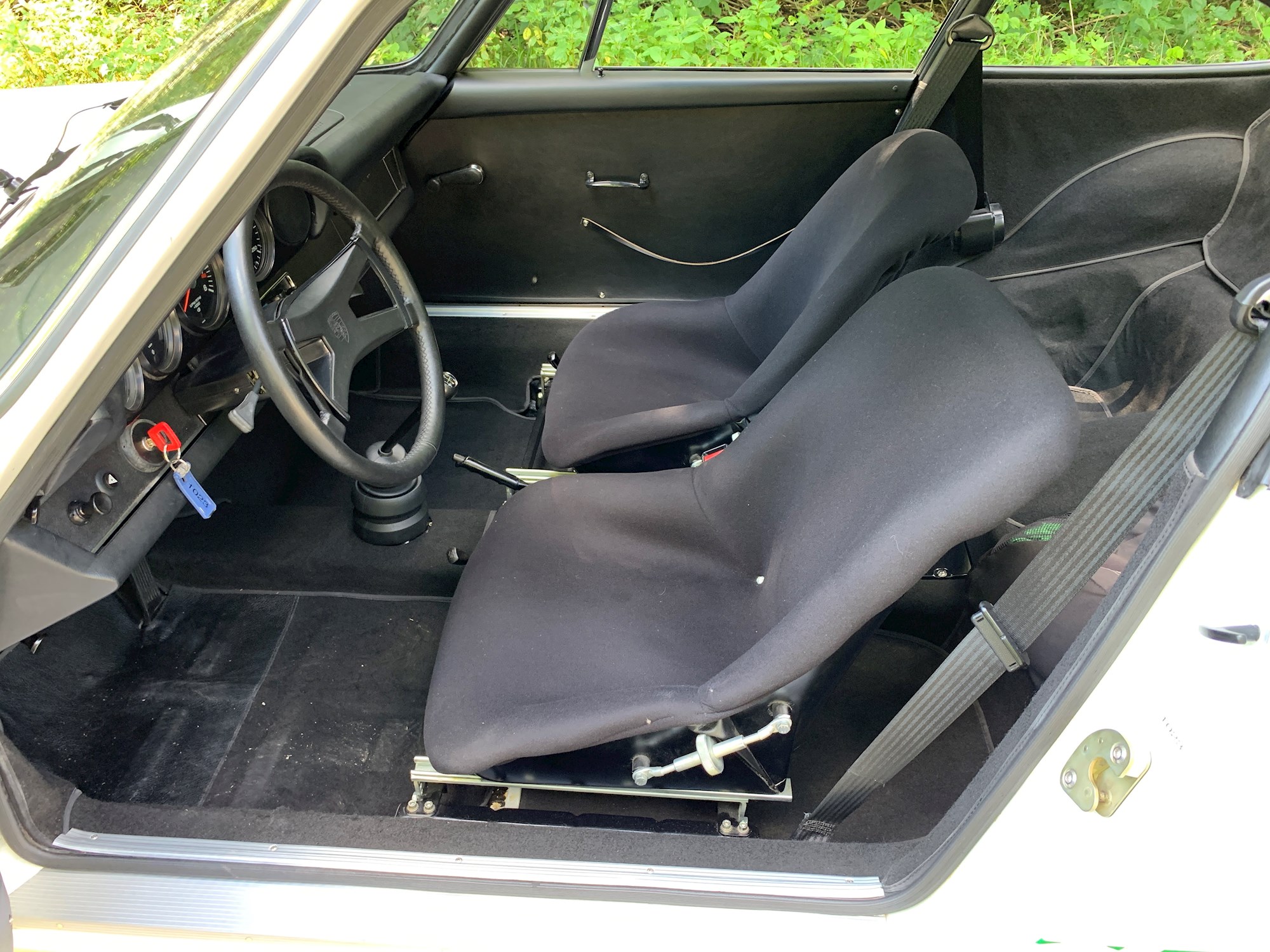
The brakes are good, despite the pedal’s longish travel, and eually challenging to heel-toe, but we won’t be pushing more than 50-60 per cent on these suburban German roads. There’s an underlying thought that an RS 2.7 like this is worth a lot more than the life of today’s guest driver. So it’s as much about looking after granddad as it is giving him a workout. Stretching legs rather than straining them. The tyres are also all weather winter tread, so their outright grip is not tarmac rally – not that it matters, they grip plenty.
The thick orange tacho needle like to play in the higher numbers, and sweetly swings past 7000rpm, as we hit the autobahn for a stretch and hear that sweet air-cooled engine growl.
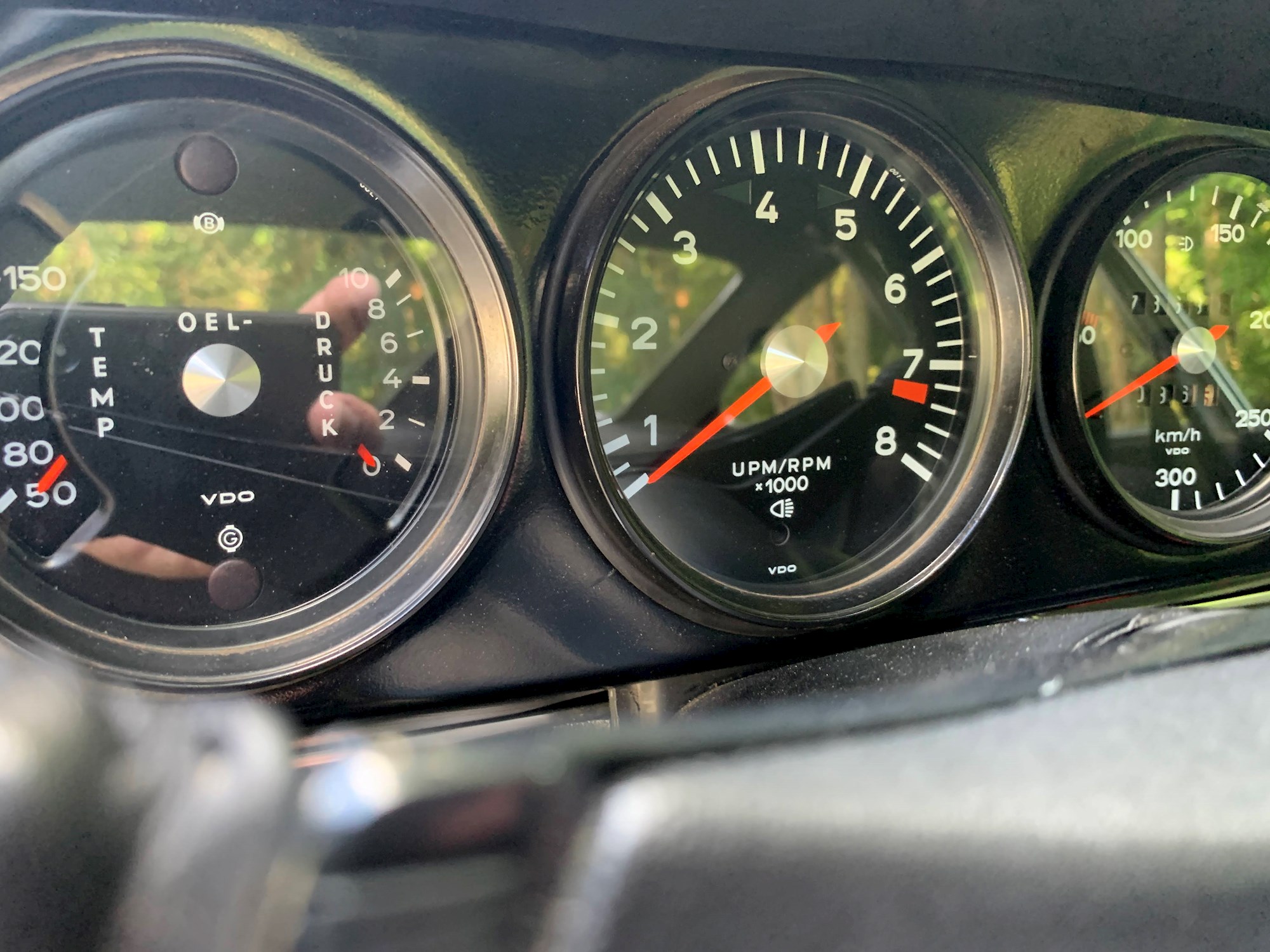
BOOM! I jump, as a gunshot fires outside my open driver’s window! What the hell?! I’m doing 70km/h, and decelerating on over-run, and a bang of unburnt fuel out the exhaust results in a frighteningly loud bang that needs a moment for my heart to resume beating.
The engine flows up and down, and drinking in 100km of this RS takes way too little time, like drinking a 50 year old bottle of aged wine. It’s savoured, through the green forests and fields and smooth and flowing German B-roads, and all too soon we’re back in Stuttgart, being looked at by car enthusiasts in traffic, calling out in German, praising the car. They easily repeat it in English, after prompting, and as we pass the Recaro head office, a 911 Carrera driver gives a thumbs up and smile.
Its white paint and coloured Fuchs wheels – green in this case – have become iconic and synonymous with RS, and to taste a piece of history like this is both humbling and fantastic.
With the latest 911 Carrera GT3 RS, there’s speed, looks, performance and aero. But with this 50-year-old RS, there’s this lingering feeling of history and respect of an elder.
READ MORE: 2022 Porsche 911 GT3 RS track day weapon
VIDEO: Climbing the 2022 Goodwood hill in a Porsche 911 GT3
READ MORE: 911 Shootout: GT3 vs Turbo S vs GT3 Touring
READ MORE: Former F1 star's Porsche 959 gets factory overhaul
TEARDOWN
1973 Porsche 911 Carrera RS 2.7 Sport
ENGINE: 2.7 flat-six
POWER: 154kW
0-100KM/H: 5.8sec
TOP SPEED: 245km/h
WEIGHT: 960kg
PRICE: $1millionNZD+


















